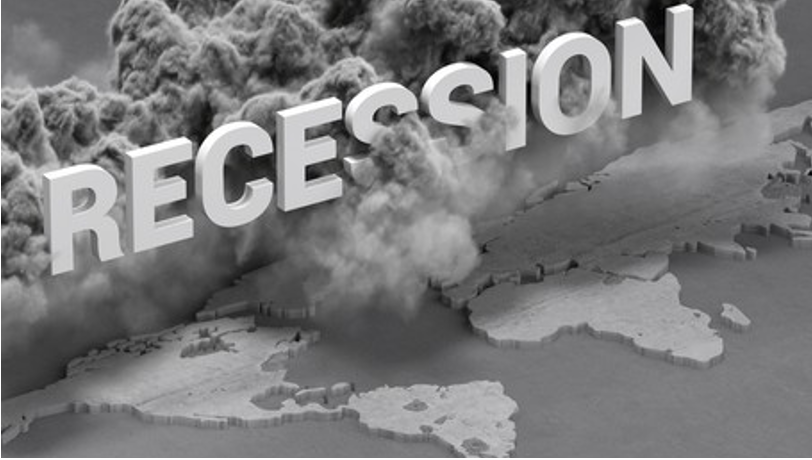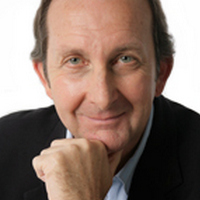

When the 0.2% growth number was released from the country’s statistician, I heard a radio reporter say that this was “bang on the RBA’s forecast”. After decades of economics teaching, writing and commentary, I’m not sure if that “bang on the RBA’s forecast” means anything of substance.
You see, getting forecasts right is a good thing but it doesn’t tell me if the RBA is any wiser about when it should cut interest rates. One thing for sure is that economists calling for a rate rise have lost the only tottering leg they were standing on.
If inflation persists above the 2-3% band that the central bank board wants, it will be cost-driven and not the result of demand for those the RBA stings when it raises rates.
The big question that RBA boss Michele Bullock must agonise over is one that her predecessors have often got wrong — and that’s when should she cut?
Before I try to help Michele, let’s look at the facts for the three months — April, May and June. Remember it’s now September and if you think things have revved up since July, you might be one of the lucky big spending Australians helping to keep the CPI above 3%!
This is what the ABS told us about the economy’s growth:
Until this last fact, the report screamed “cut rates ASAP” but higher prices will worry the RBA. But against that, those calling on a cut will say this was for the months April to June, and since then the economy has slowed even more and prices have fallen. The last CPI was only 3.4%.
Aird looks at something we never consider — GDP per capita — and pointed out that “it was the sixth successive quarter of declines and the worst ongoing decline since the 1981-82 recession.”
If history can be trusted (and it can’t unfortunately), you’d say these poor growth readings should deliver lower inflation soon. But economies are strange beasts. It means Michele Bullock and her economics team must guess where inflation will be by year’s end, and that’s easier said than done.
If you’re sweating on a rate cut, the rate players in the financial markets are pricing in a 90% probability of a rate cut in December.
The CBA team is sticking with their rates guess that the easing or rate-cutting cycle will commence in the November to December months. But they admit it could come later.
AMP economist Diana Mousina said the low per capita GDP growth was “the longest stretch of negative growth on record”, since this particular national accounts data started in the early 70’s.
Mousina added the following that I hope the RBA takes on board: “The weakness in the detail of the data suggests that the RBA should re-think its hawkish position on interest rates, as the economy does not need any further tightening in monetary conditions. Our view is that GDP growth will remain poor over the next six months.”
Given the RBA looks like it will cut in February, and given the central bank has a history of being late to reduce rates, maybe Michele Bullock should do the opposite of her male predecessors, who’ve often got the time to ‘cut’ and ‘raise’ wrong!